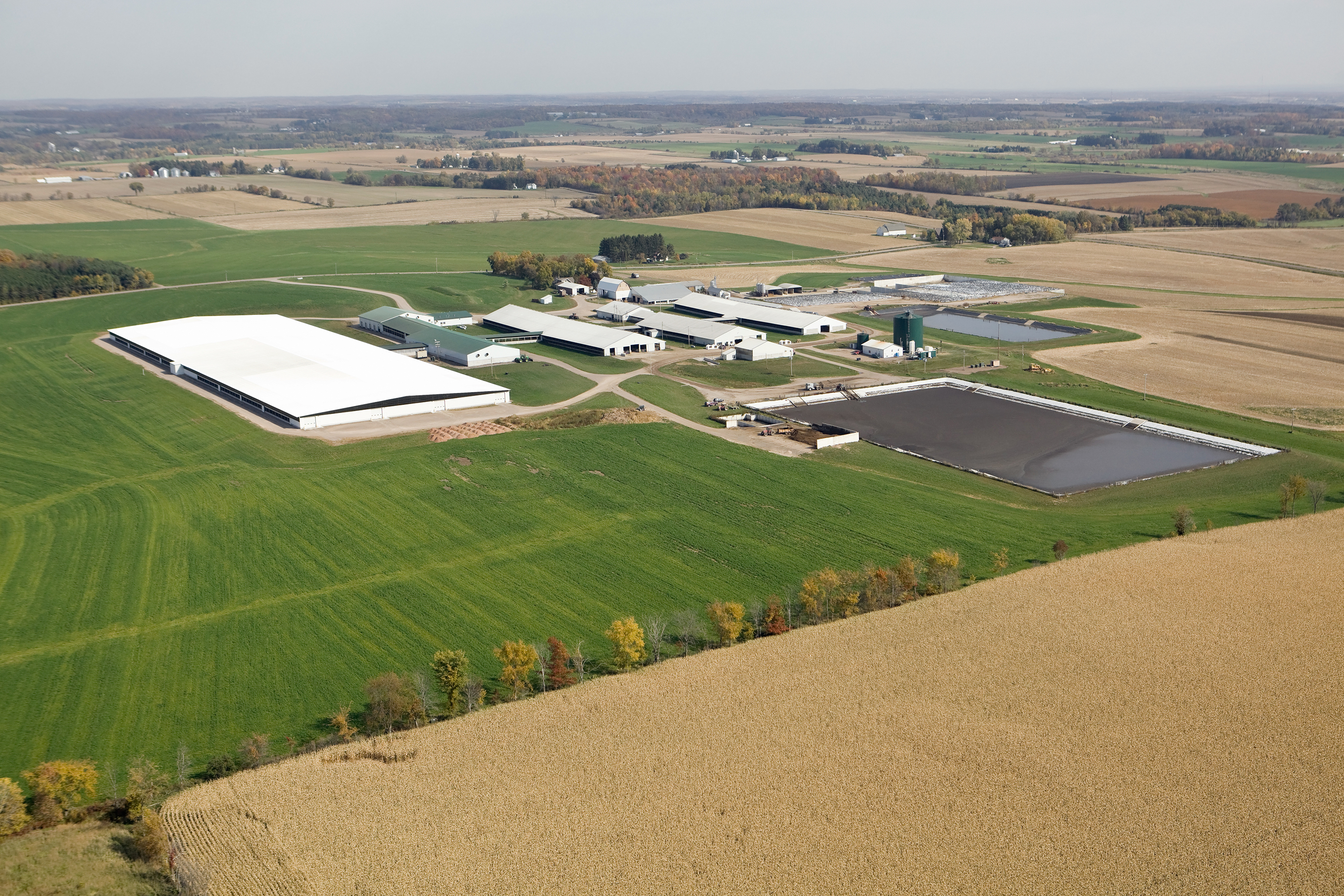For those of us in the agriculture industry, we know farming is more than a job; it is a way of life. Just as your parents and grandparents introduced you to life on the farm, you probably want to share it with your own children and grandchildren.
With children home throughout the COVID-19 pandemic and now with summer approaching, there have been many opportunities to show your children more about working on the farm. It is easy to think that because your children have grown up on the farm, around equipment and animals, they are less likely to be injured on the farm. However, this is not the case.
On Aug. 30, 2018, an Ontario farmer was operating a skid-steer to move a trailer. The farmer’s children, aged 4 and 7, were in the front-end bucket. Unfortunately, the 4-year-old fell out of the bucket, just as the farmer looked backwards to check on his load. With his attention diverted, the child was trapped under the machine and died from head injuries. In a court of law, the farmer was found guilty of criminal negligence. This case set a precedent for farmers and those in agriculture to be convicted in situations where there is a death of a child. On top of this, the farmer must now spend the remainder of their life with grief and regret, all because of something that happened in a matter of seconds.
A national study done by the Canadian Agriculture Injury Reporting (CAIR) found that between 1990 and 2008, 1,975 accidental deaths occurred in the agriculture industry. Of that, 248 fatalities were children and youth under the age of 15. Additionally, there were 96 reported deaths for children aged 15-19 years. This study also looked at the causes of the fatalities; specifically, in the case where a child was killed, 63% of fatalities were related to machines, such as runovers, entanglements and rollovers.
Keep in mind, this is only information on fatalities. Thousands of injuries occur on the farm each year in Canada, but the statistics on these are unreliable, as many non-critical injuries go unreported.
So how can you ensure the safety of your children continues to be a top priority while they work on the farm? Below are a few things to think about when children start to work on the farm.
Identify hazards together
When you are doing your monthly workplace inspection on the farm, bring your children with you. From a young age, they can walk around and help you identify hazards and inspect the farm for potential problems. This also helps to show them from a young age that safety should always be their top priority.
Training employees
Your children should go through the same training process other non-related farm employees go through. There should be a checklist made of each task you are showing someone to do. When you are training employees, it is also important you identify the hazards of each job and how to prevent injuries from occurring.
Just as you do with non-related employees, your child should sign and date a training acknowledgement form, indicating you gave them hands-on training on how to perform a task. This should be completed with each new task they are shown. All training documentation and acknowledgements should be kept on record in an employee file.
Model good behaviour
If you tell an employee to wear gloves while doing a task, you should also be wearing gloves. It is easy to rationalize risks, especially when you have completed a task every day for 10 years and nothing bad has ever happened. It only takes one second for an accident or injury to occur. By modeling proper and safe behaviour, it enforces the importance of completing a job properly and safely.
Driving farm equipment
In Ontario, according to the Highway Traffic Act, a driver’s licence is not required to drive a tractor or a self-propelled implement of husbandry. However, equipment operators are required to be 16 years old to drive the equipment on the road. Individuals under 16 years old can drive vehicles directly across a highway.
Do not allow for extra riders in any farm machinery or equipment. The only exception to this is if there is a buddy seat with a seatbelt.
Age-appropriate jobs
As a parent, you know best what your child is capable of. You know that it is dangerous for your 6-year-old to be driving a forklift. You know mixing chemicals is a dangerous job that requires training and understanding of the hazards. Before you give your child the opportunity to do a task on their own, you should follow the same steps you would with any new employee.
- Identify the hazards and risks of the job.
- Walk through the steps and procedures on how to do the job properly.
- Show them hands-on how to do the job/task, while they observe.
- Have them reiterate to you the above three steps. This ensures they understand the potential hazards and risks, and the steps to do the job properly.
- Supervise them doing the job. Offer constructive feedback on things they can improve upon.
- Have them sign an acknowledgement form to indicate they were given hands-on training for a given task.
- Monitor them continuously until you and they are confident they can properly perform the task on their own.
References omitted but are available upon request by sending an email to the editor.









